On our third day in Takamatsu, we took a ferry to Teshima, another rural island in the Seto Inland Sea between Naoshima and Shōdoshima that has become a destination for contemporary art in recent years.
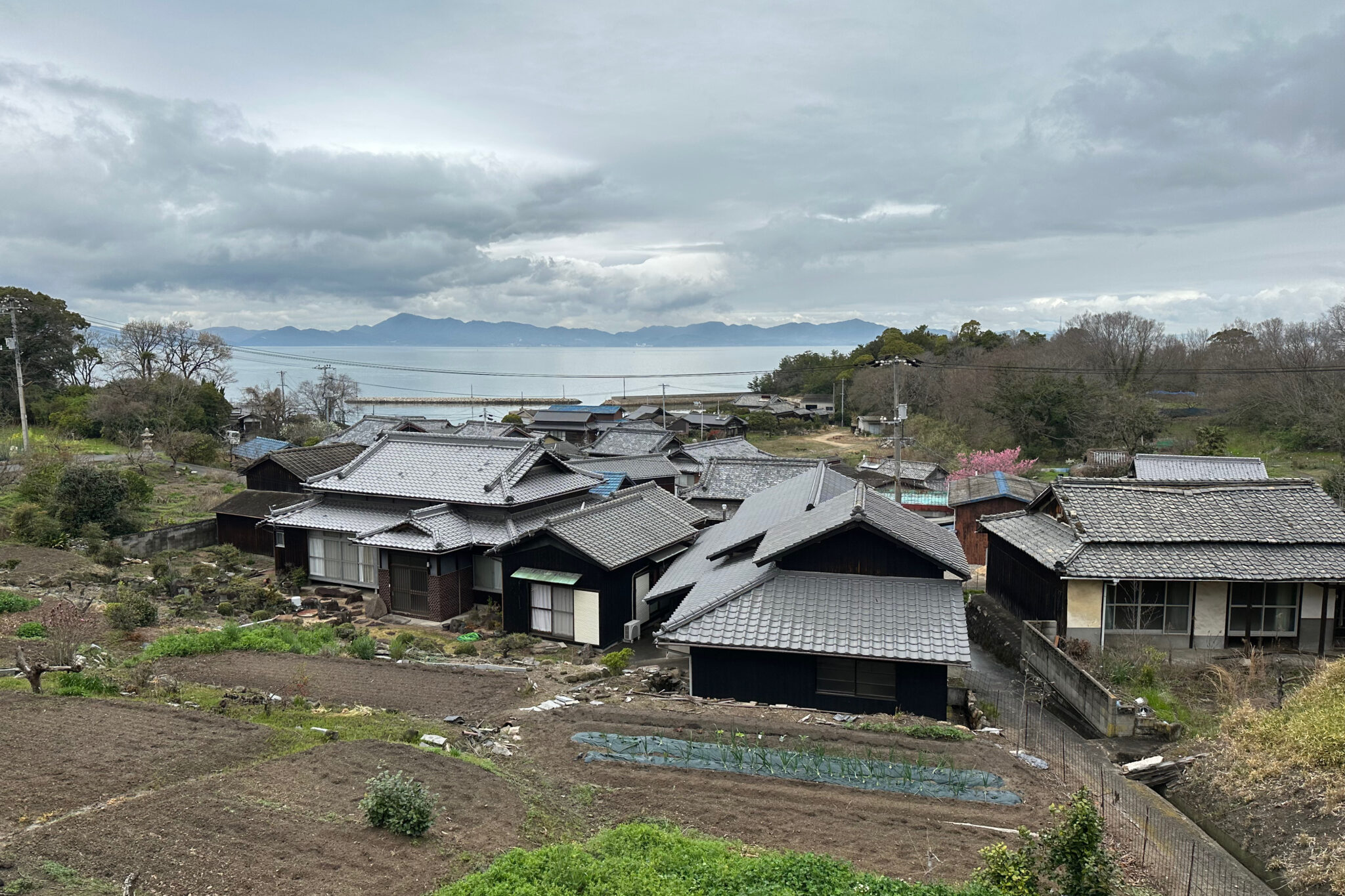
This time we rented electric bicycles to get around the island which were conveniently available at Ieura Ferry Port (家浦港) as soon as you arrive. A circular road makes accessing the museums and installations scattered around the island’s three fishing villages a breeze.
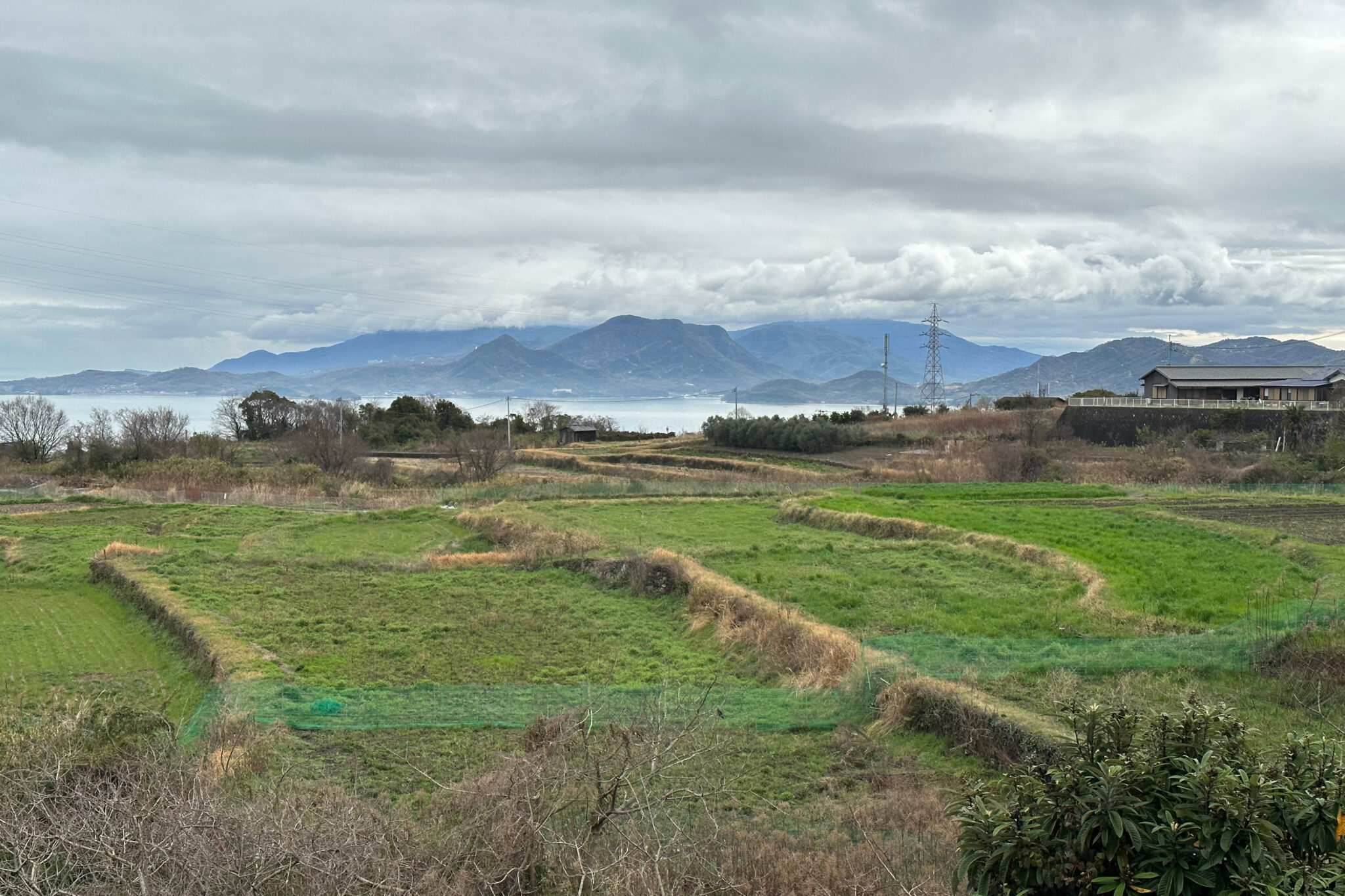
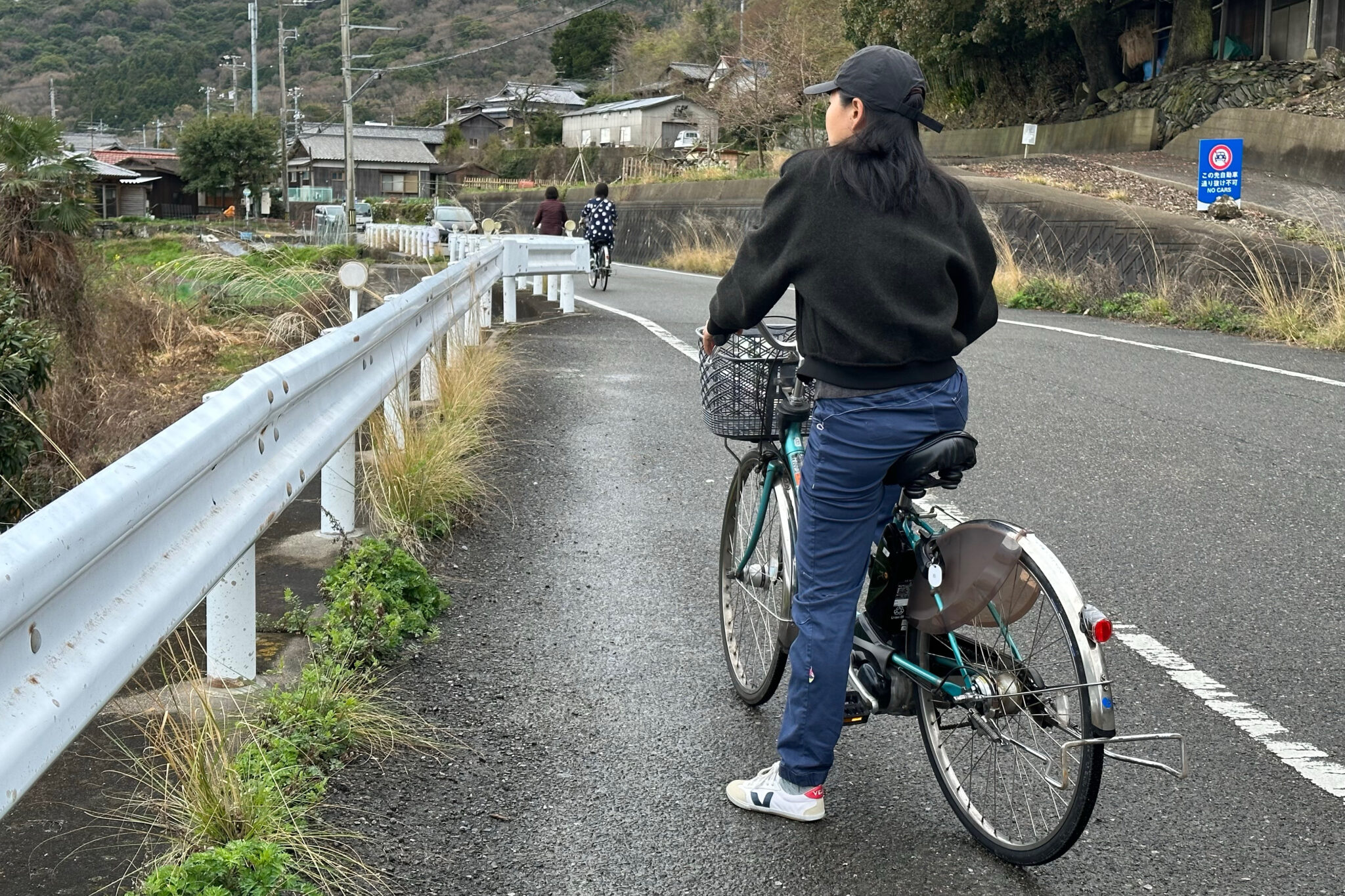
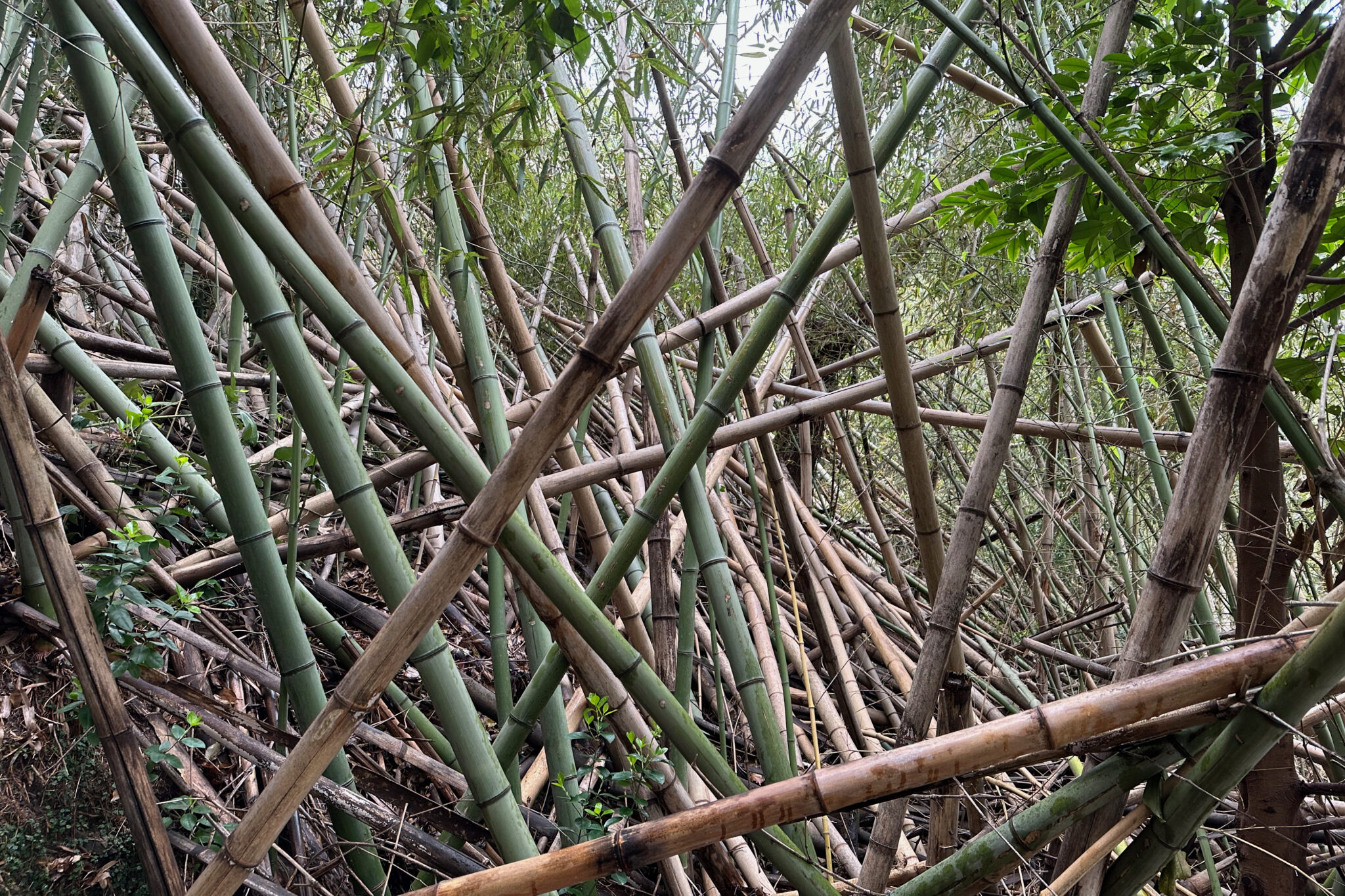
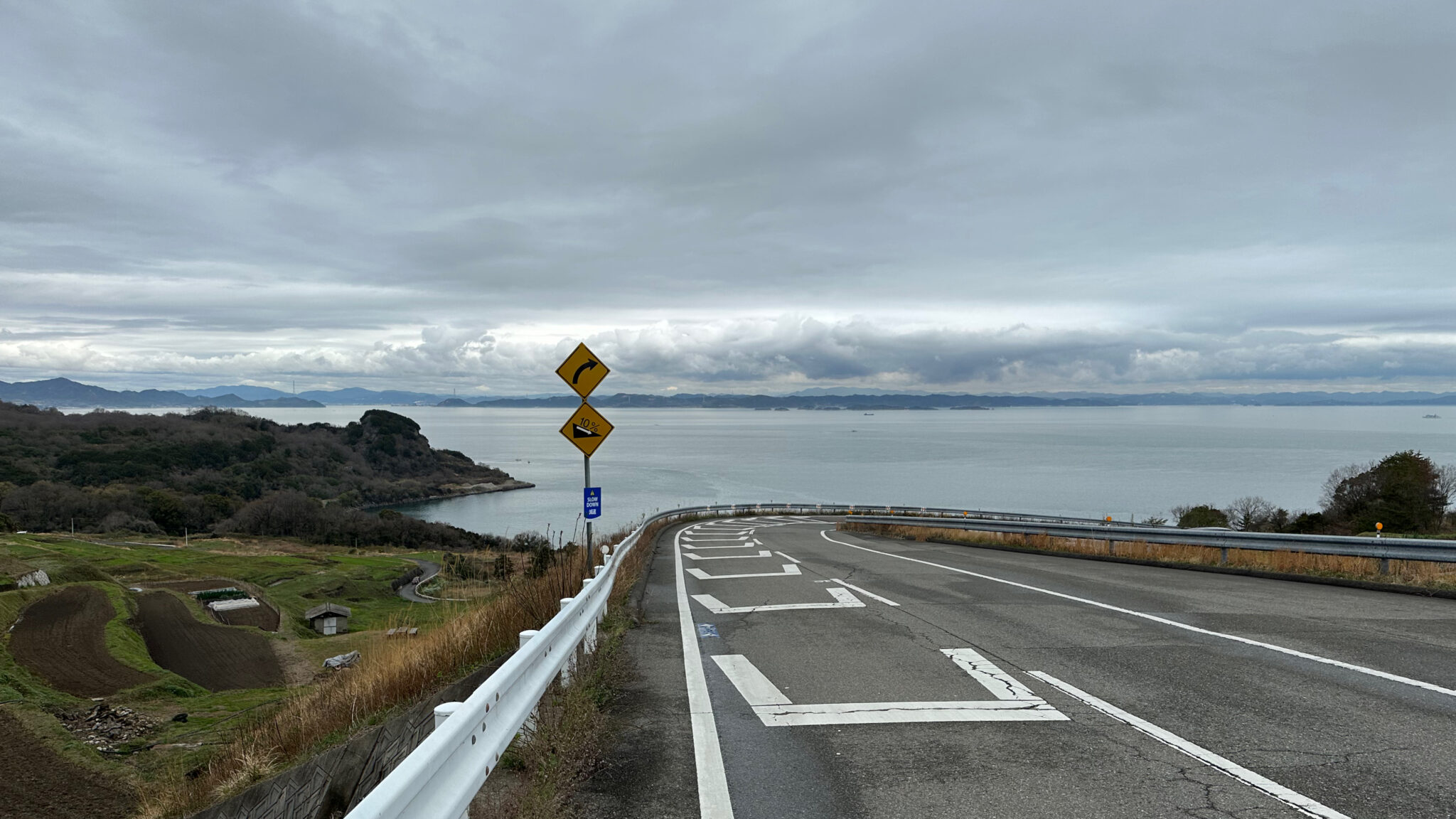
It was an overcast day, nevertheless, the rain held back and we enjoyed beautiful panoramic views as we circumvented the island.
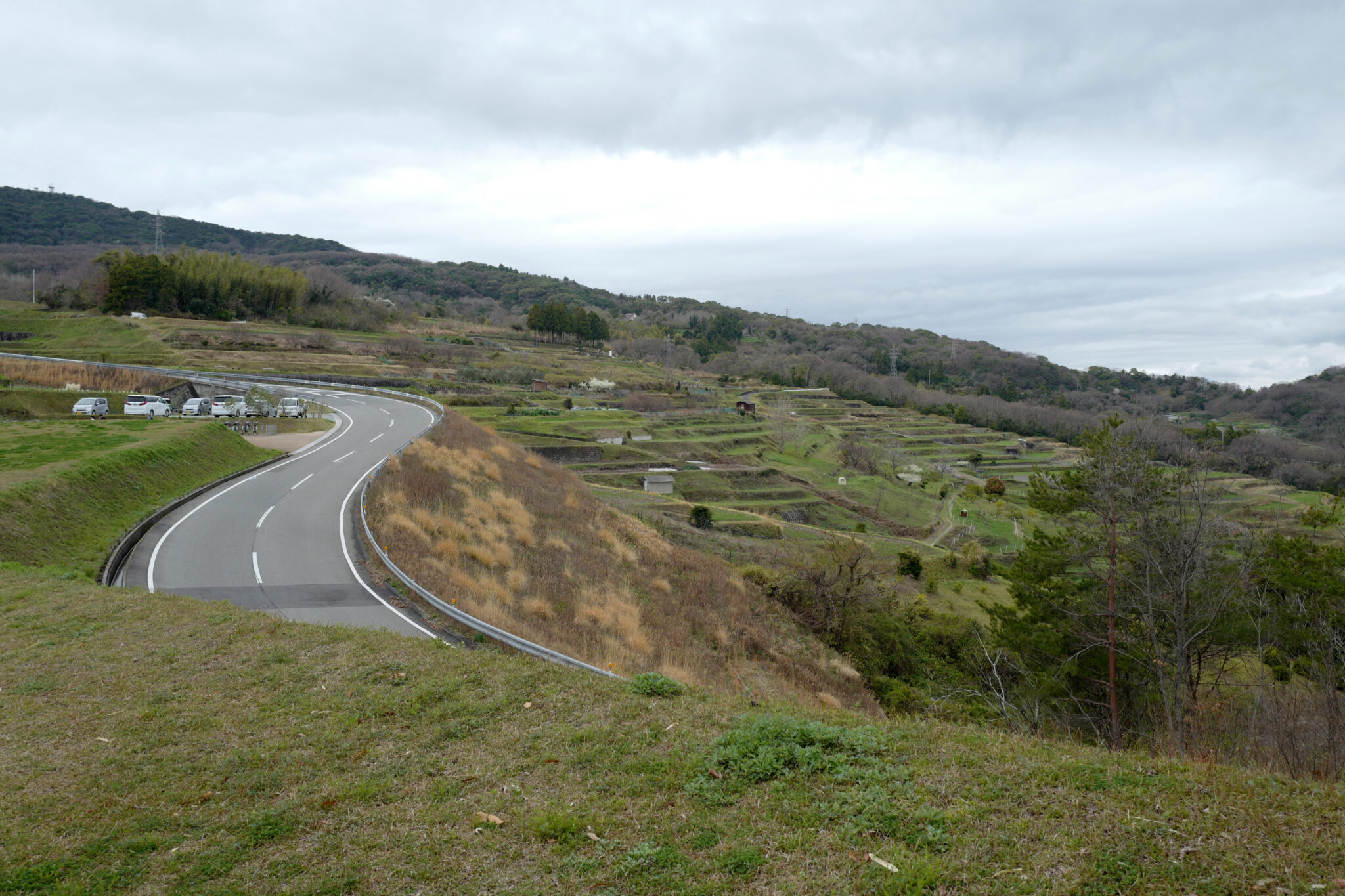
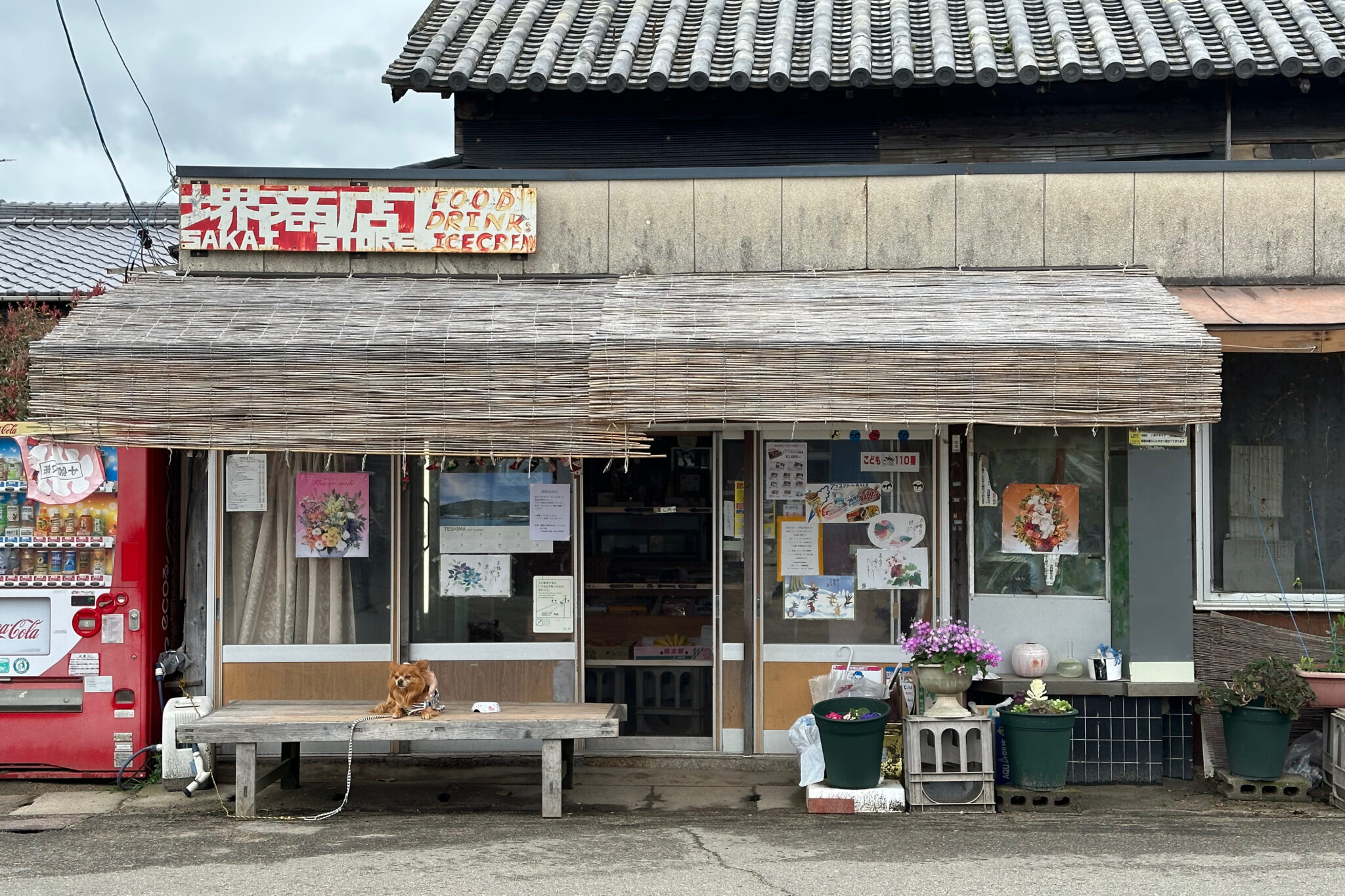
Teshima Art Museum
豊島美術館
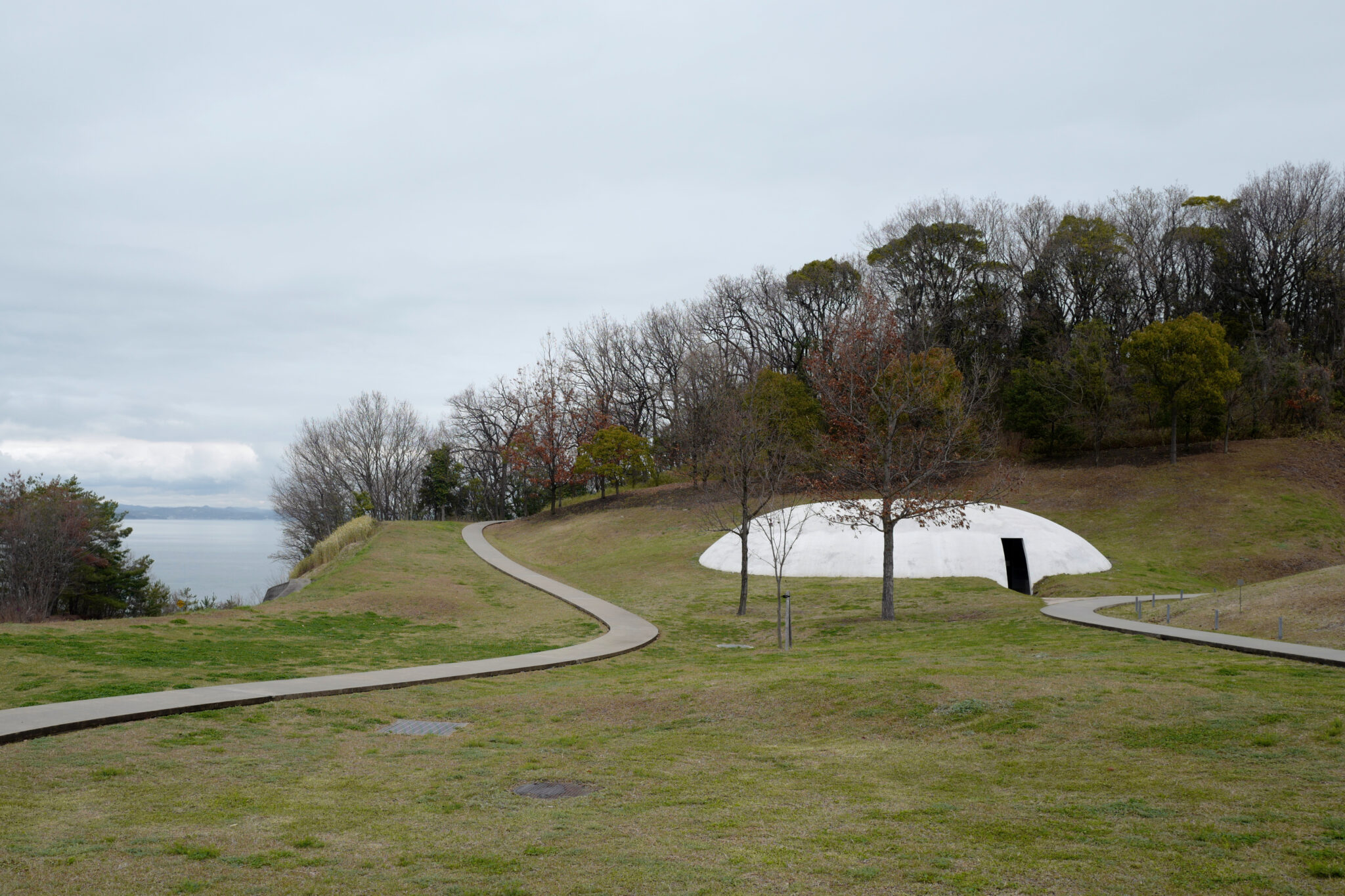
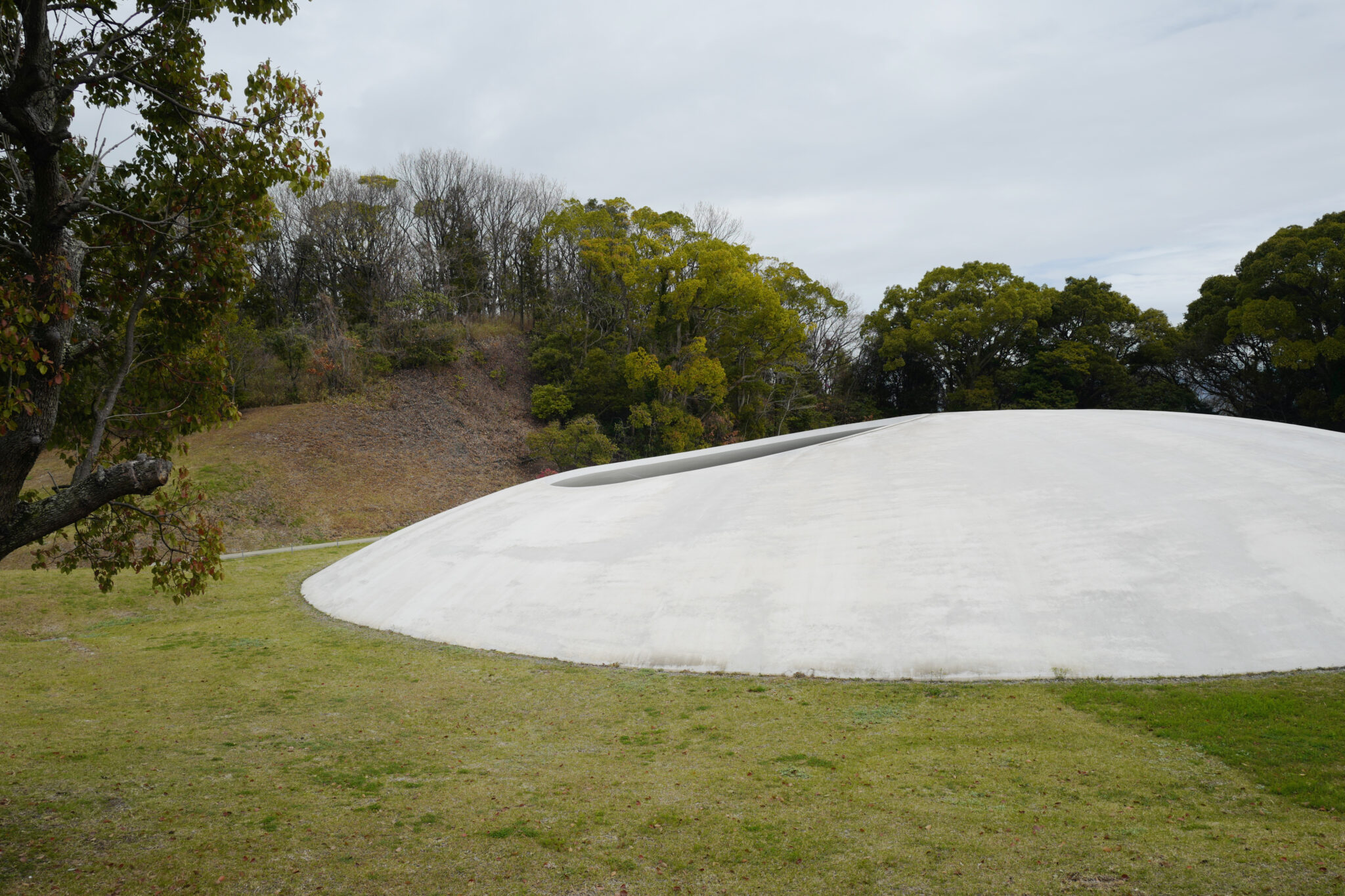
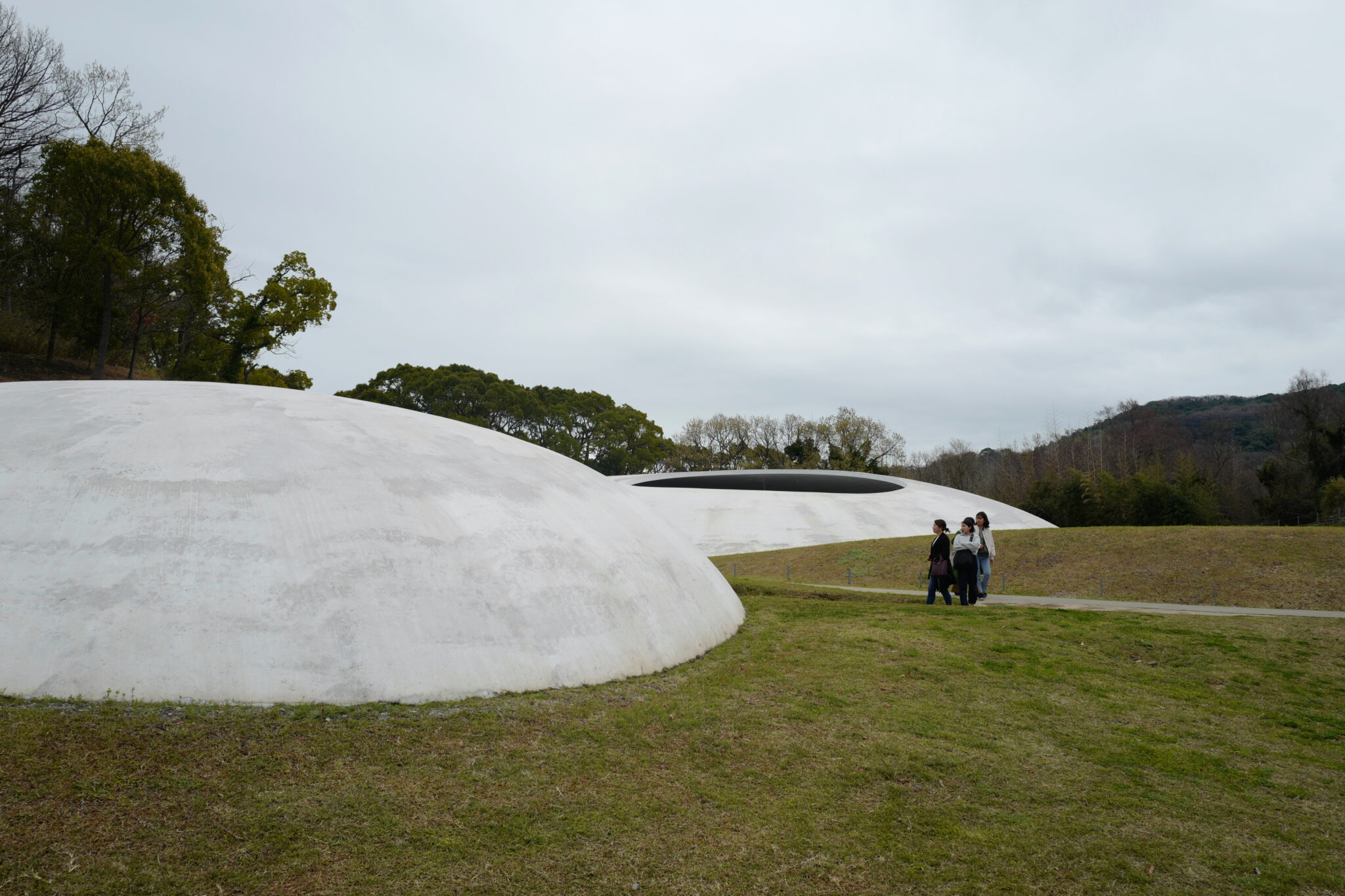
Standing on a hill above terraced rice fields, the principal draw to the island is Teshima Art Museum (豊島美術館) which houses a single work titled Matrix that resembles a water droplet at the moment of impact with the ground.
The museum was commissioned in 2004 by Soichiro Fukutake, who wanted to create a place where “art, architecture and nature would be one“.
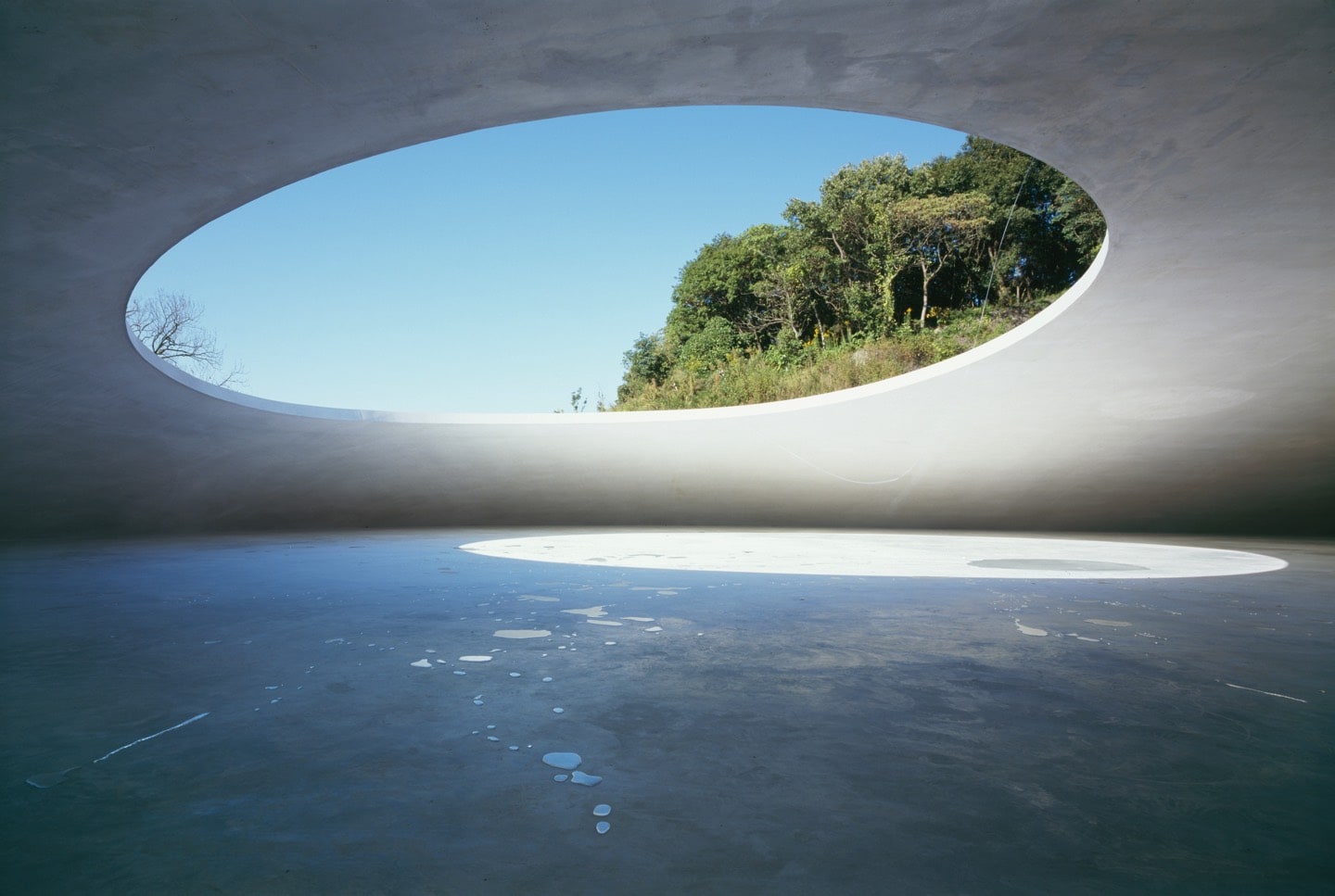
Conceived by artist Rei Naito and architect Ryue Nishizawa, the eggshell-like structure sits delicately on the landscape with an interior space that has two oval openings to the natural world outside, allowing wind, rain, light, and occasionally wildlife inside.
Walking around barefoot inside, you begin to notice tiny droplets of water emanating from the floor, collecting in small puddles here and there. It’s a mesmerising experience, reinforced by the hushed atmosphere that was embarrassingly interrupted when the lens cap accidentally fell off my camera and clattered across the concrete floor!
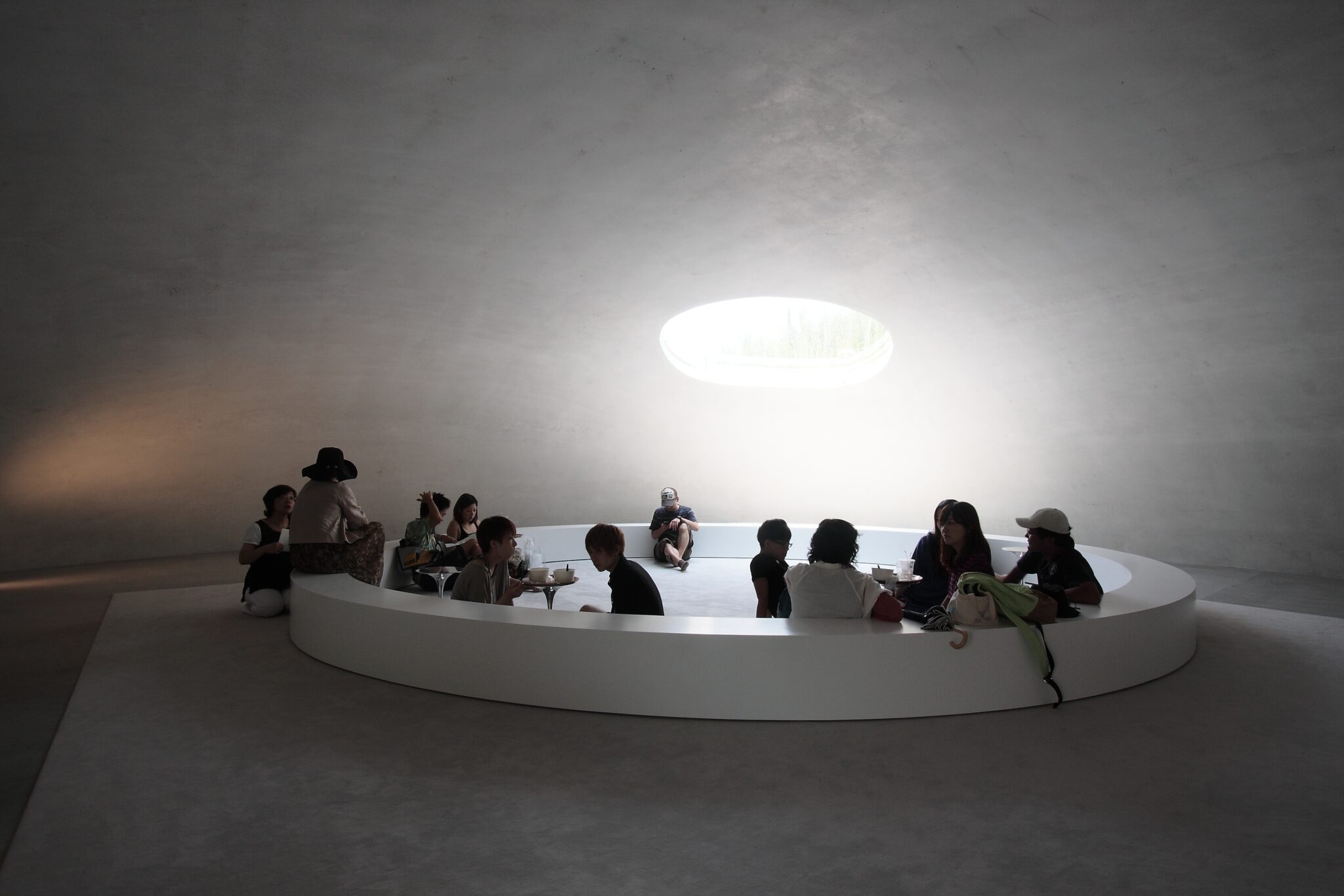
Nearby, a smaller droplet houses the museum cafe and shop which is a nice spot to pause and reflect after the main event. One thing I’ve taken away from the art islands is that a good museum doesn’t need to have an extensive collection or lots of exhibitions if it provides the viewer with a profound experience of the environment around them.
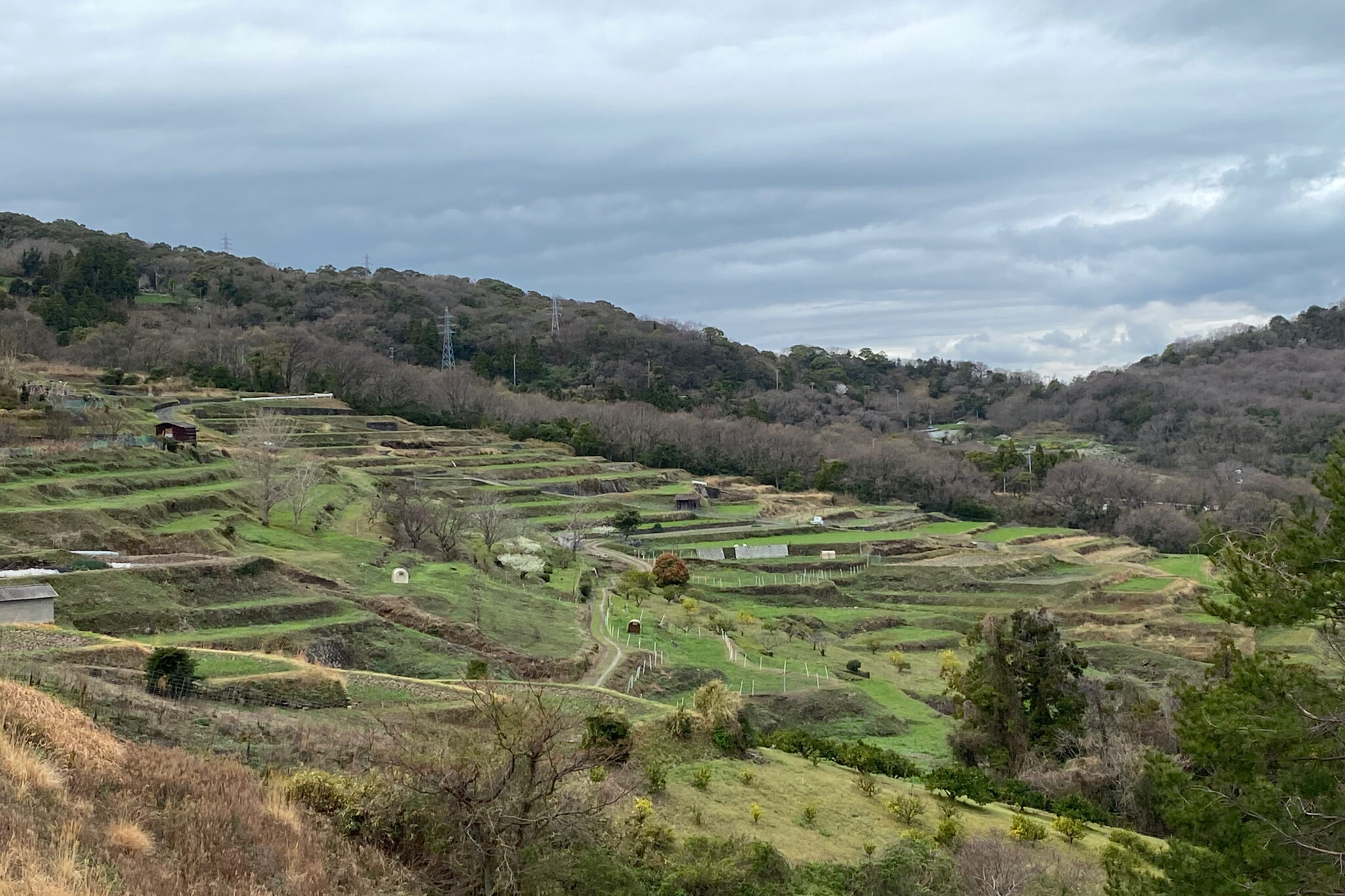
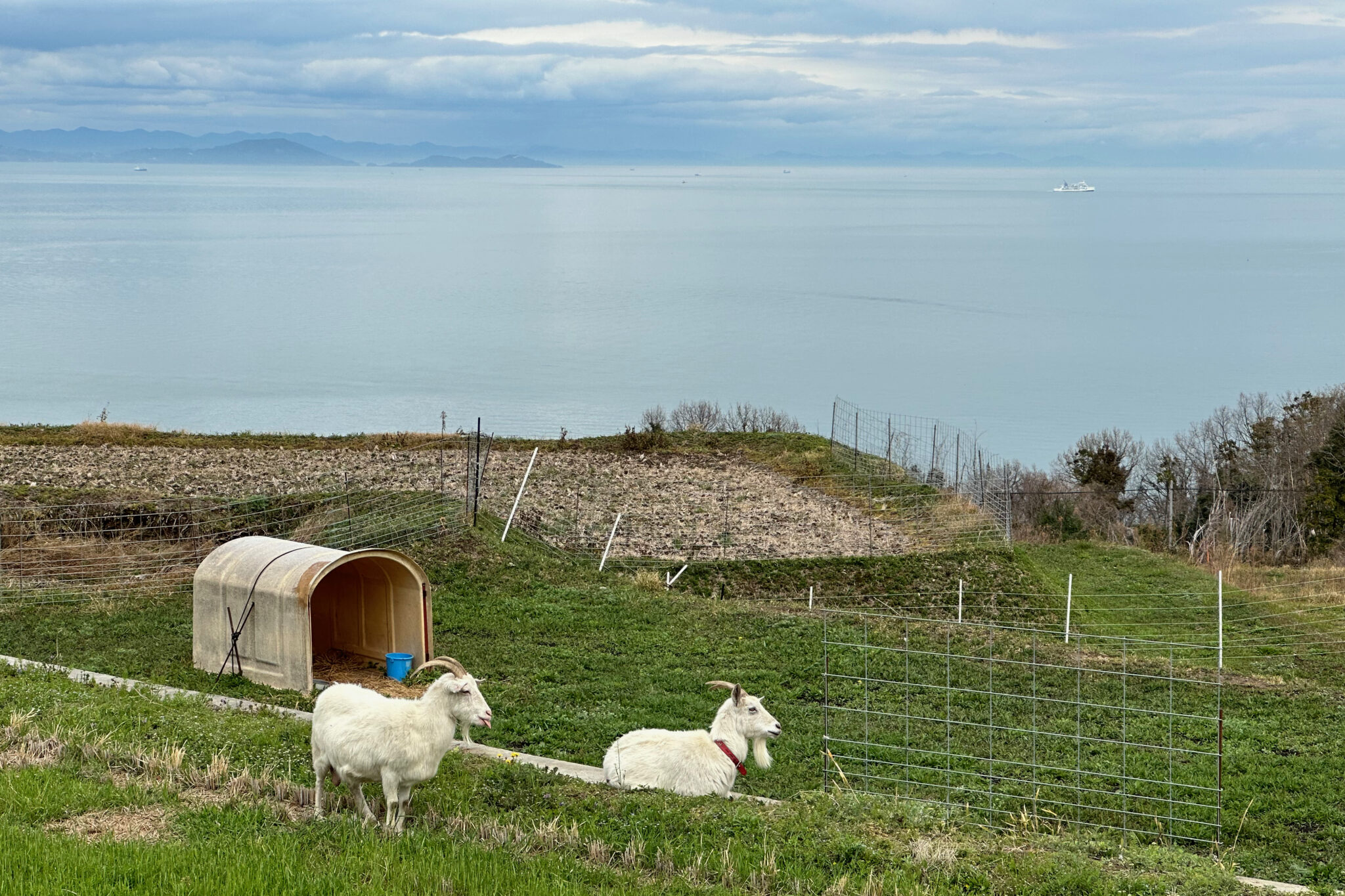
Next to the museum, a project has been undertaken to rebuild some of Teshima’s terraced rice fields that had been abandoned due to depopulation. The is a pathway to walk through them and made for a beautiful spot to eat the picnic lunch that we had bought with us.
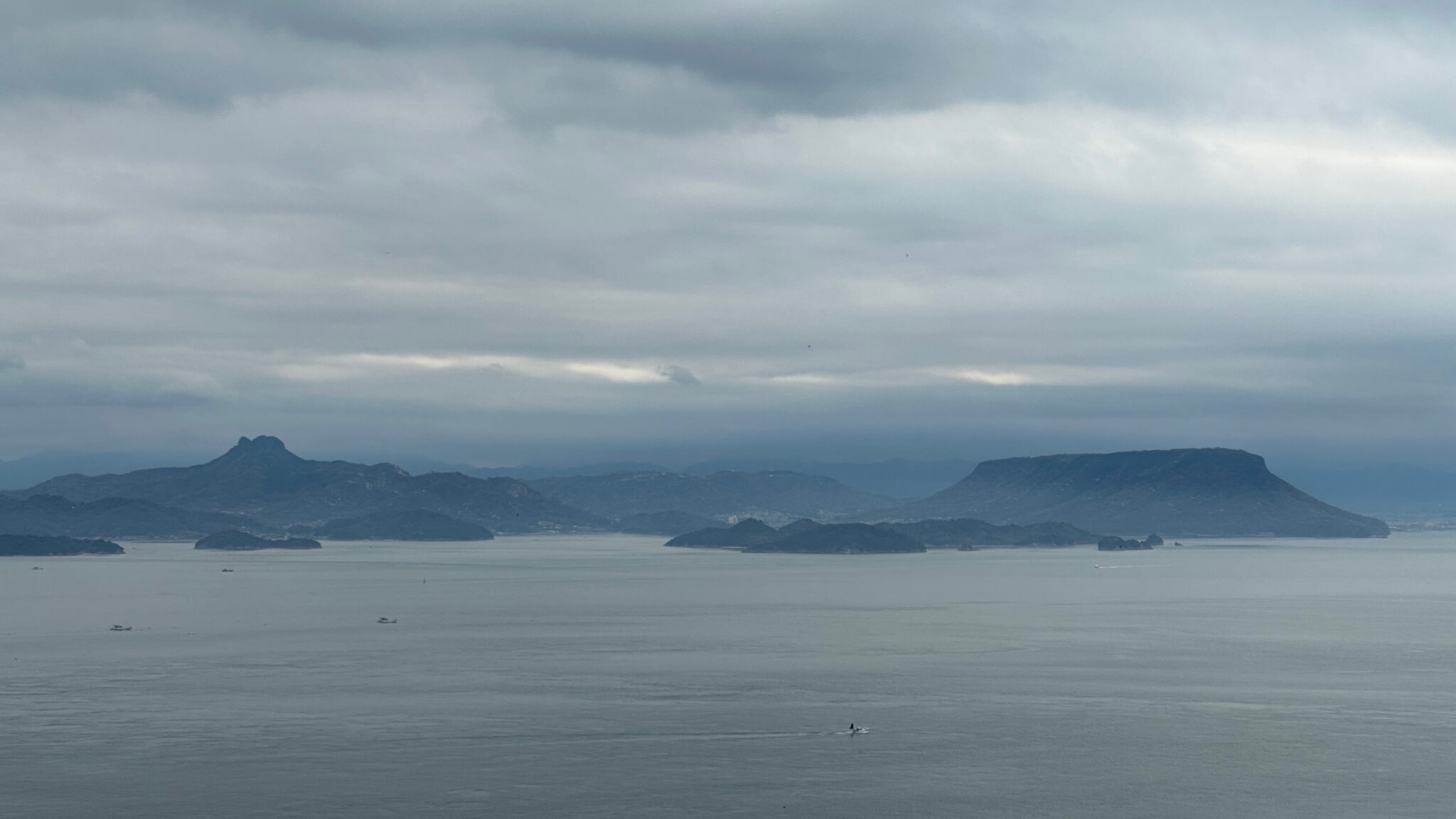
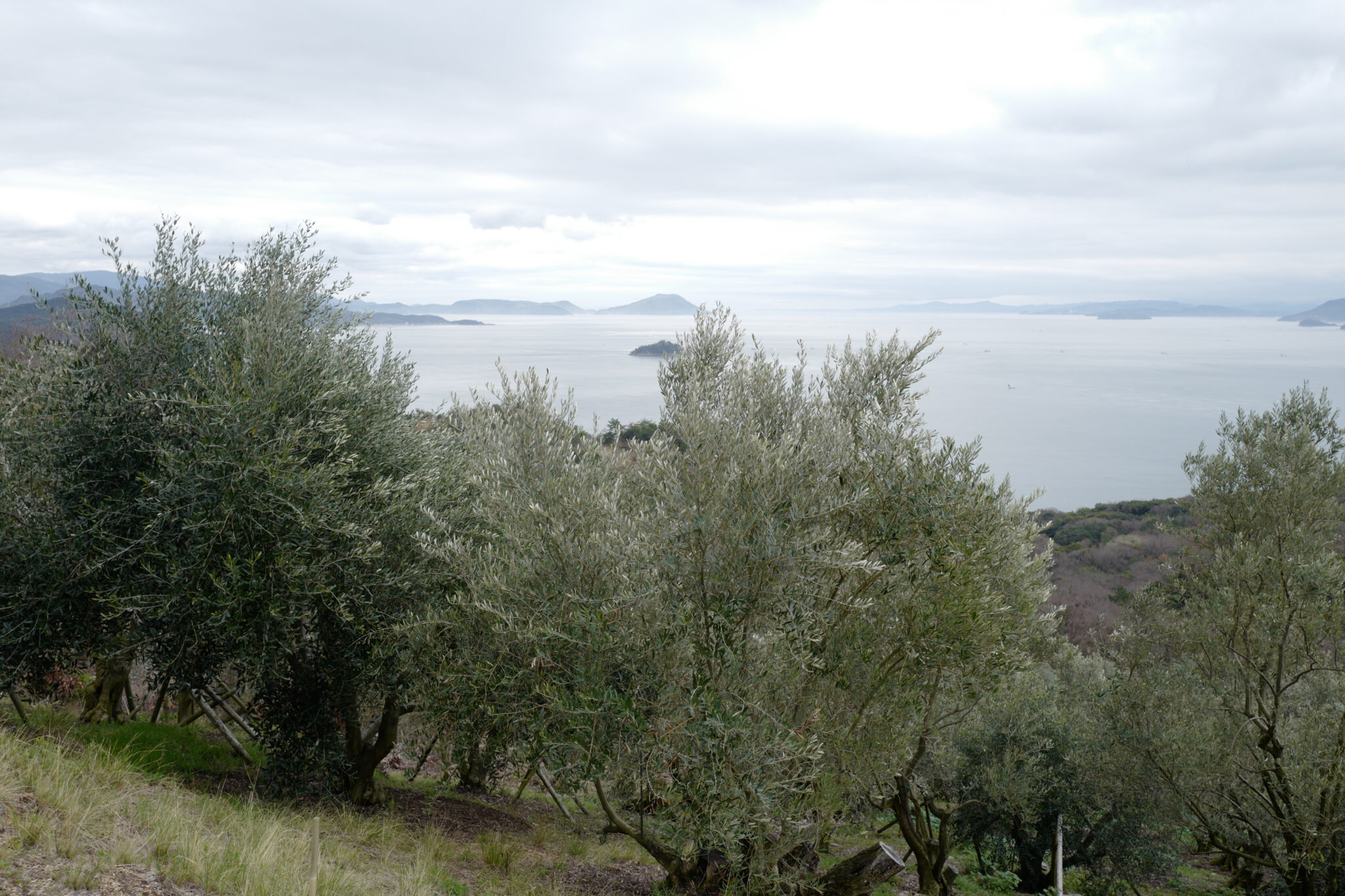
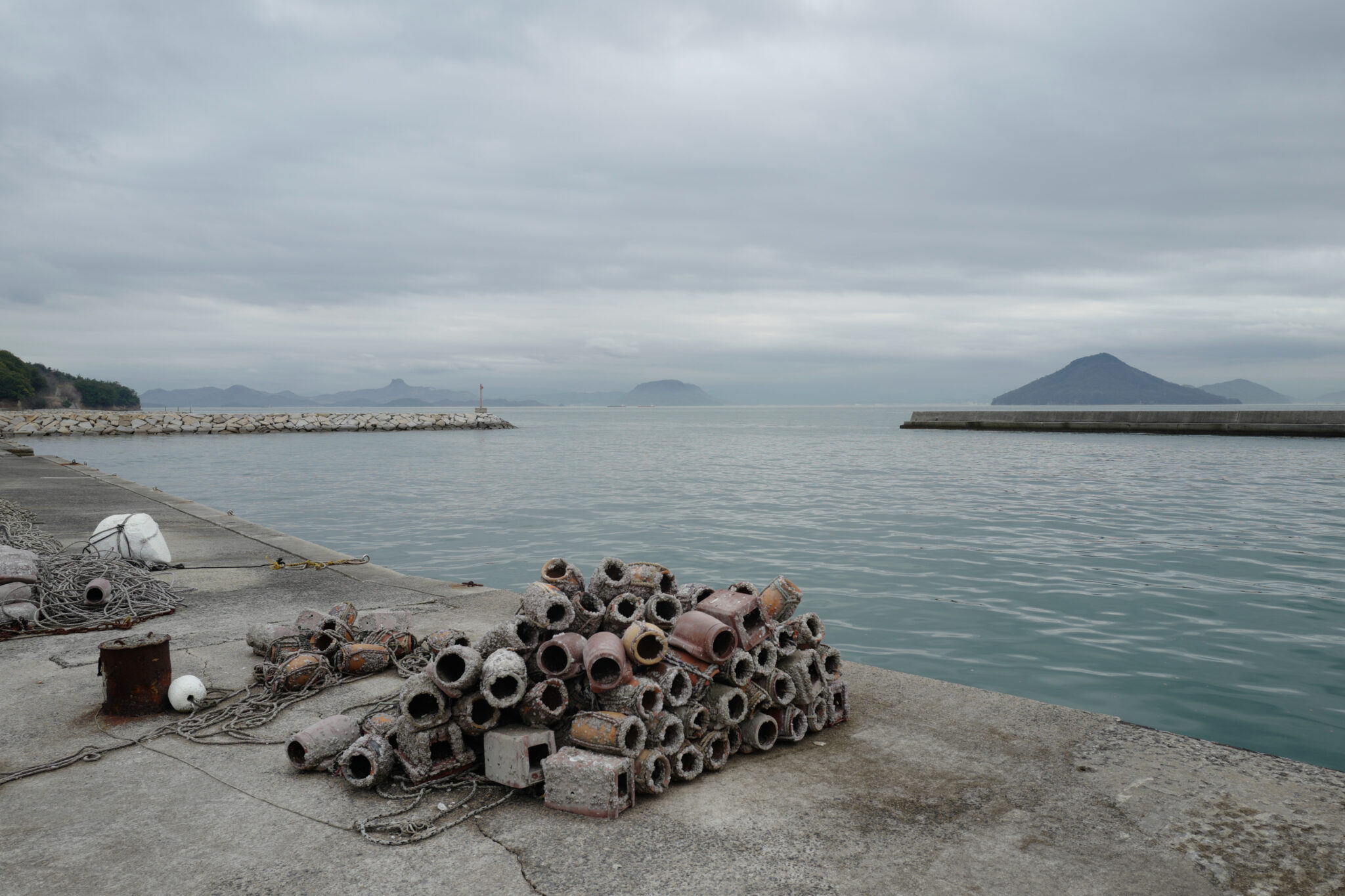
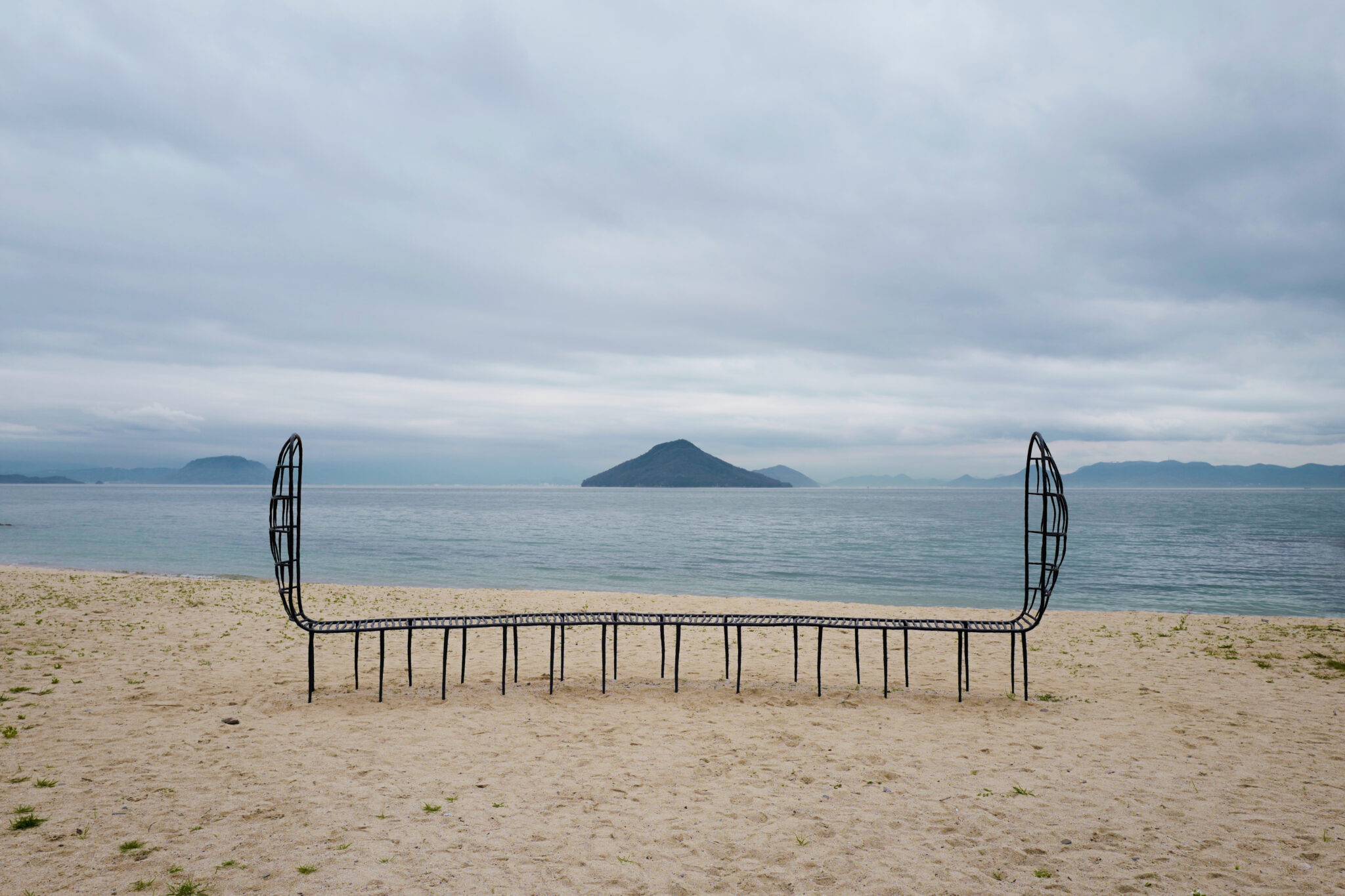
We cycled clockwise around the island until we reached the beach at Teshimako where a cast iron bench reminiscent of a fishing net frames the surrounding islands.
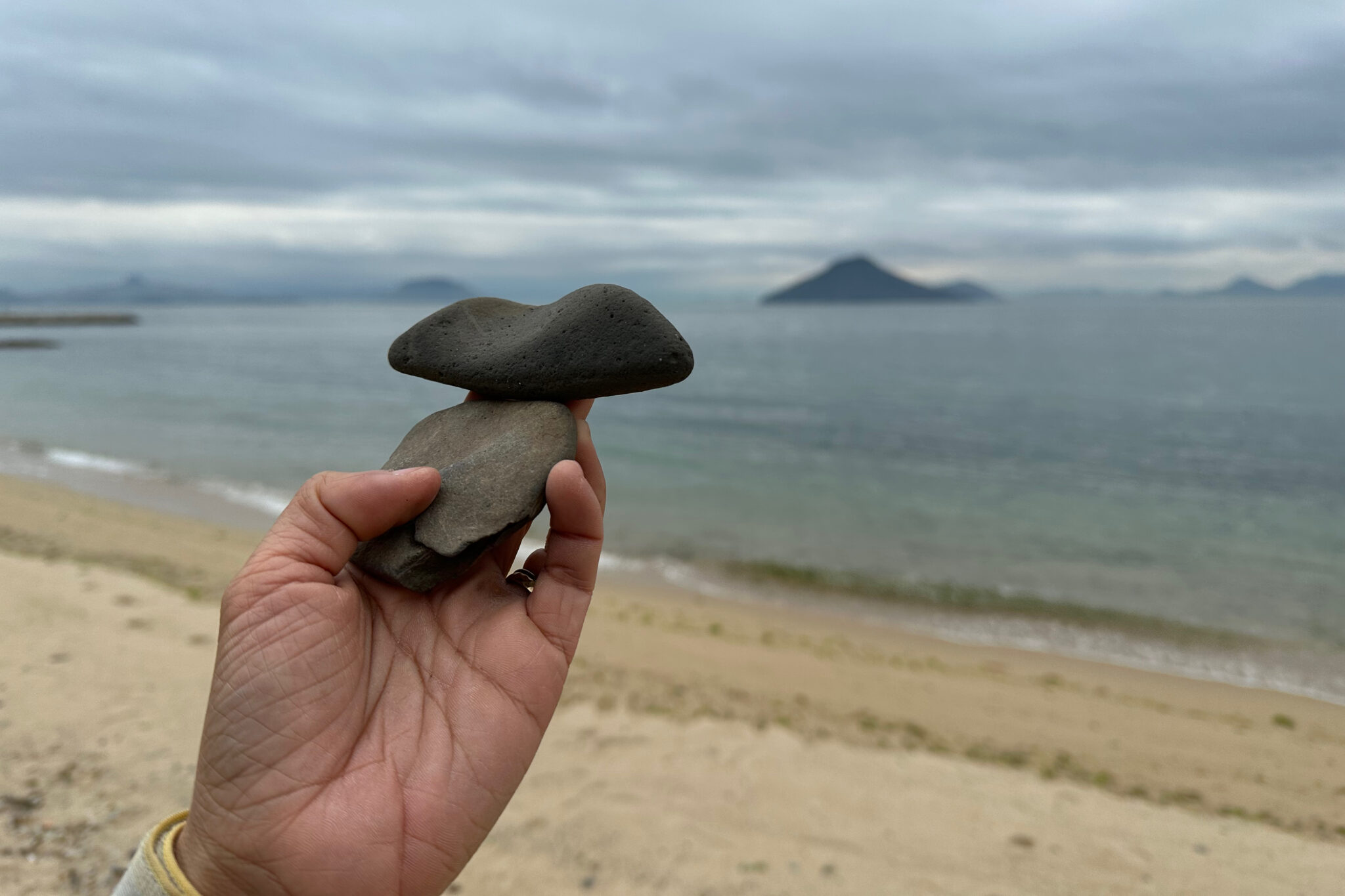
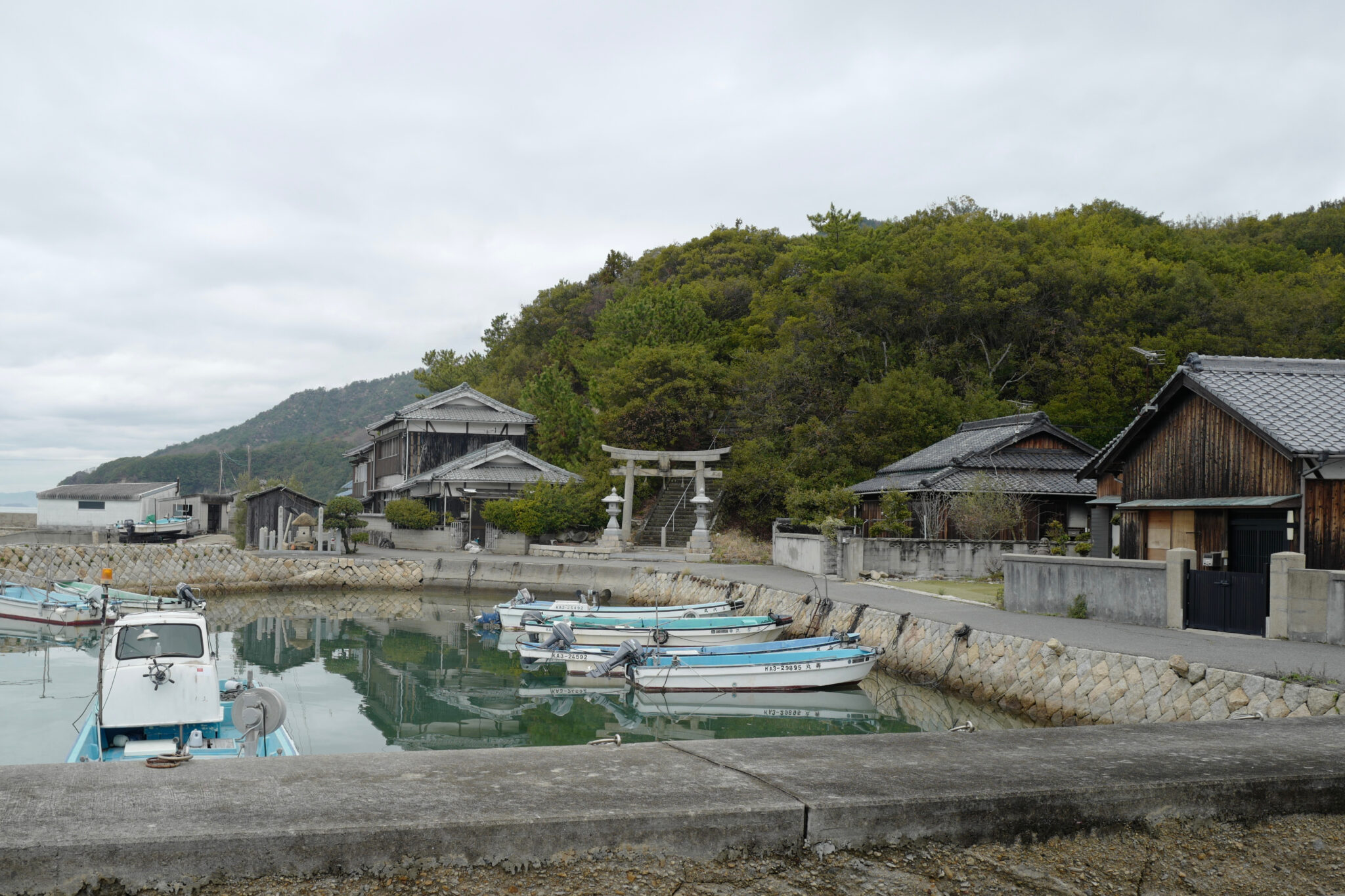
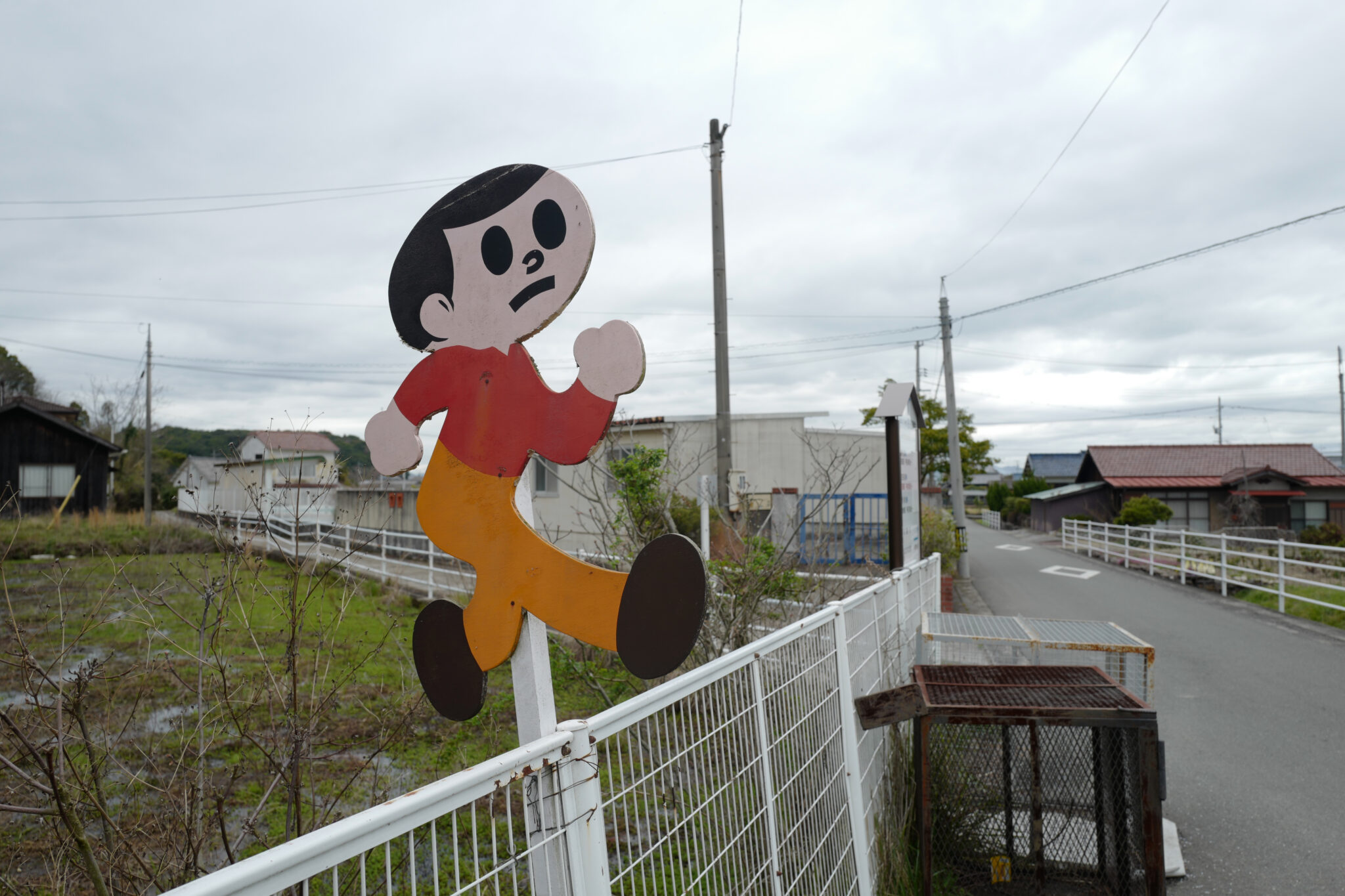
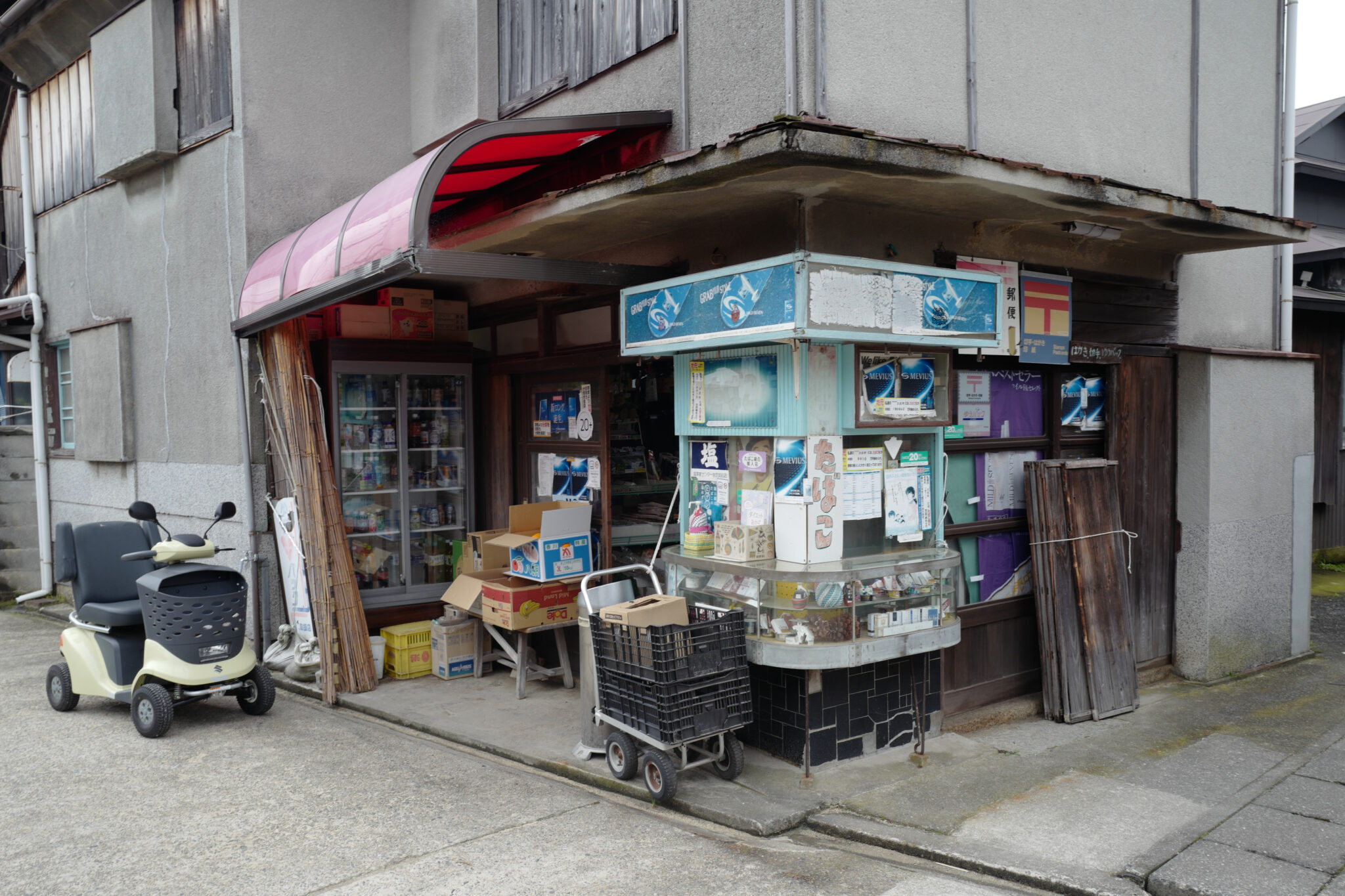
While the art installations have breathed new life into the islands, I wondered what the residents in their dotage thought of the influx of visitors to their quiet villages.
Teshima Yokoo House
豊島横尾館
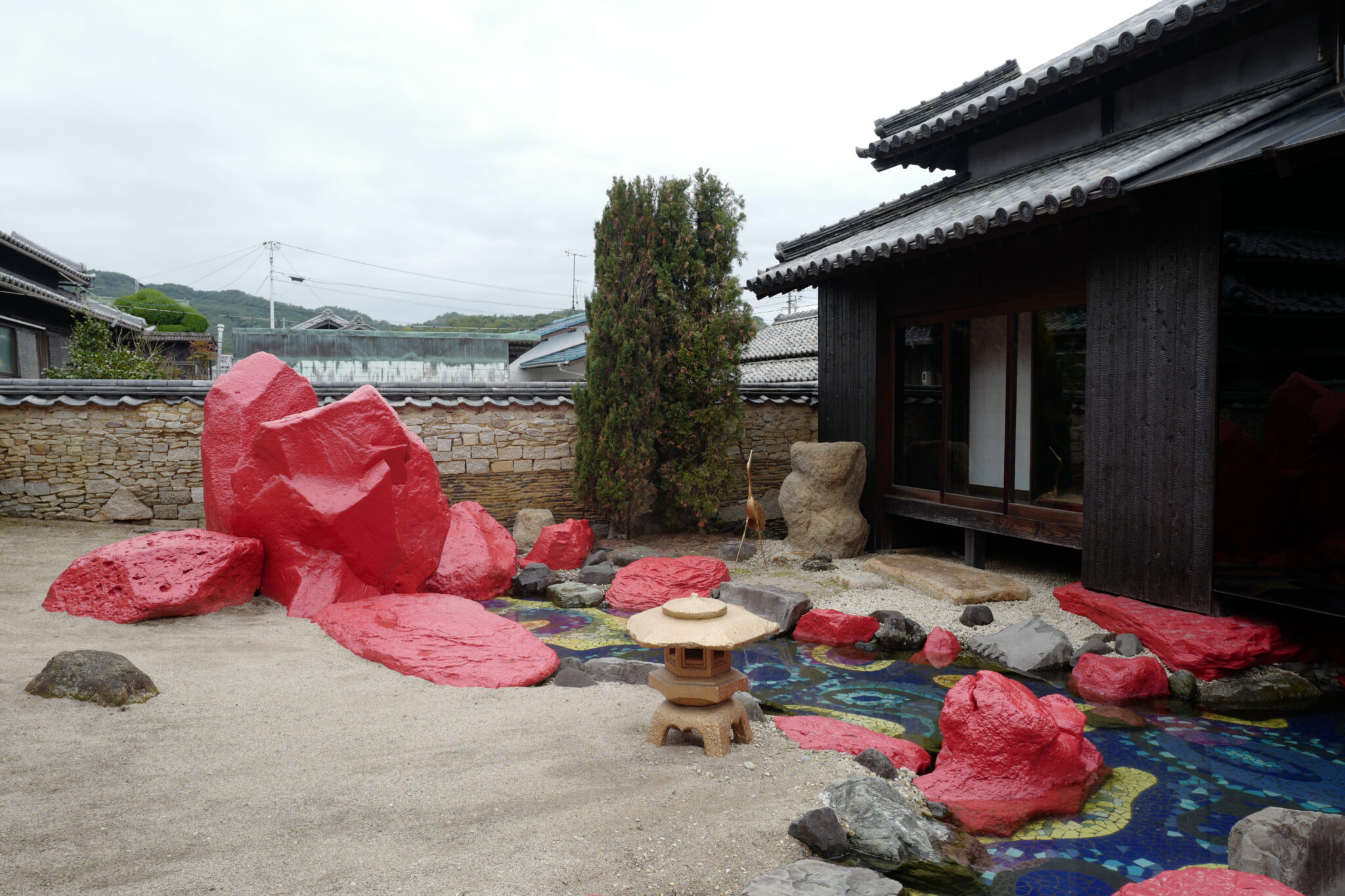
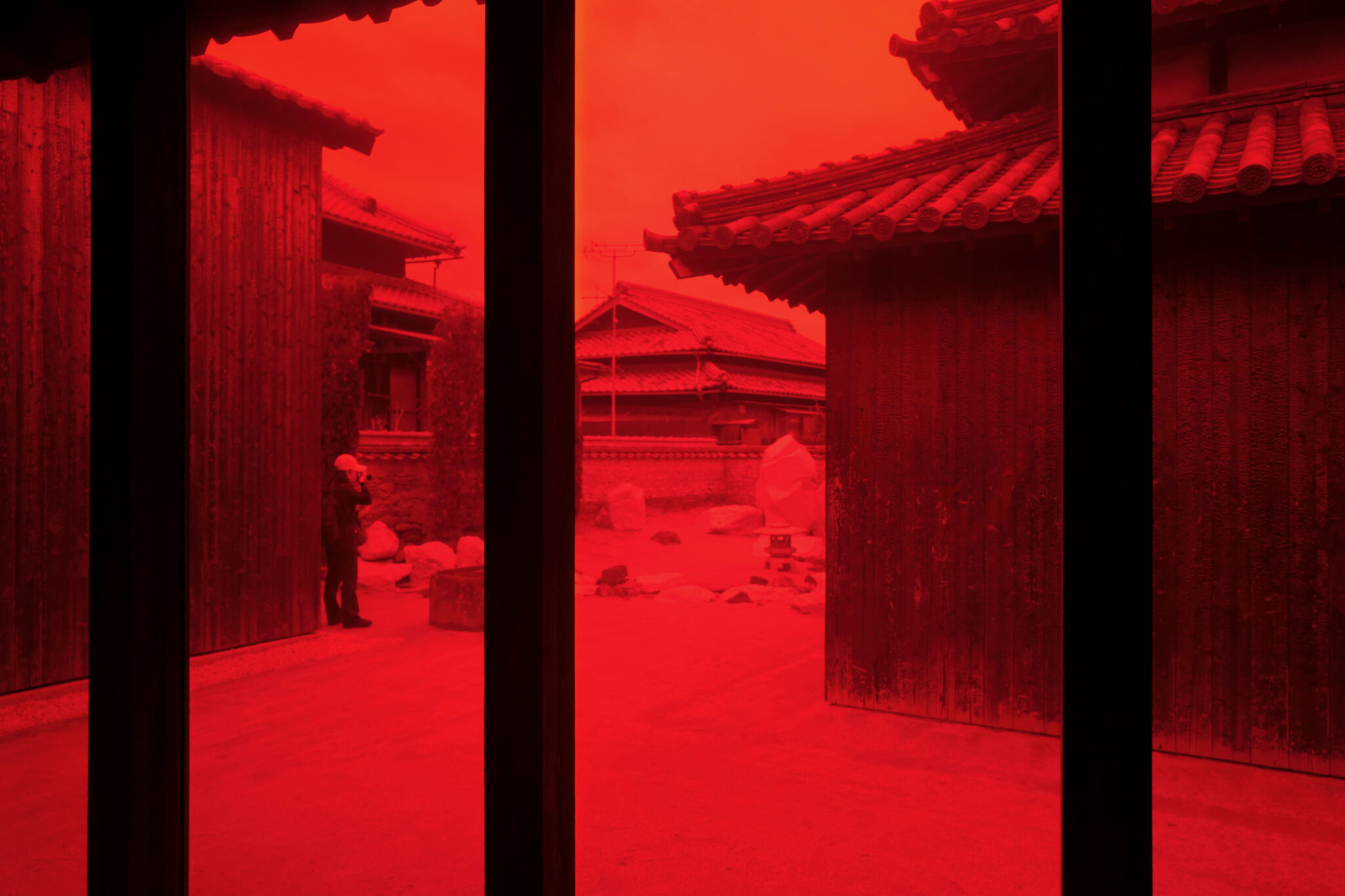
Completing the circle, our final stop was Teshima Yokoo House, a collaboration between artist Tadanori Yokoo and architect Yuko Nagayama. While the juxtaposition of traditional Japanese architecture and psychedelic contemporary art is an interesting one, I can’t help but think that the house was probably more beautiful in its original incantation.
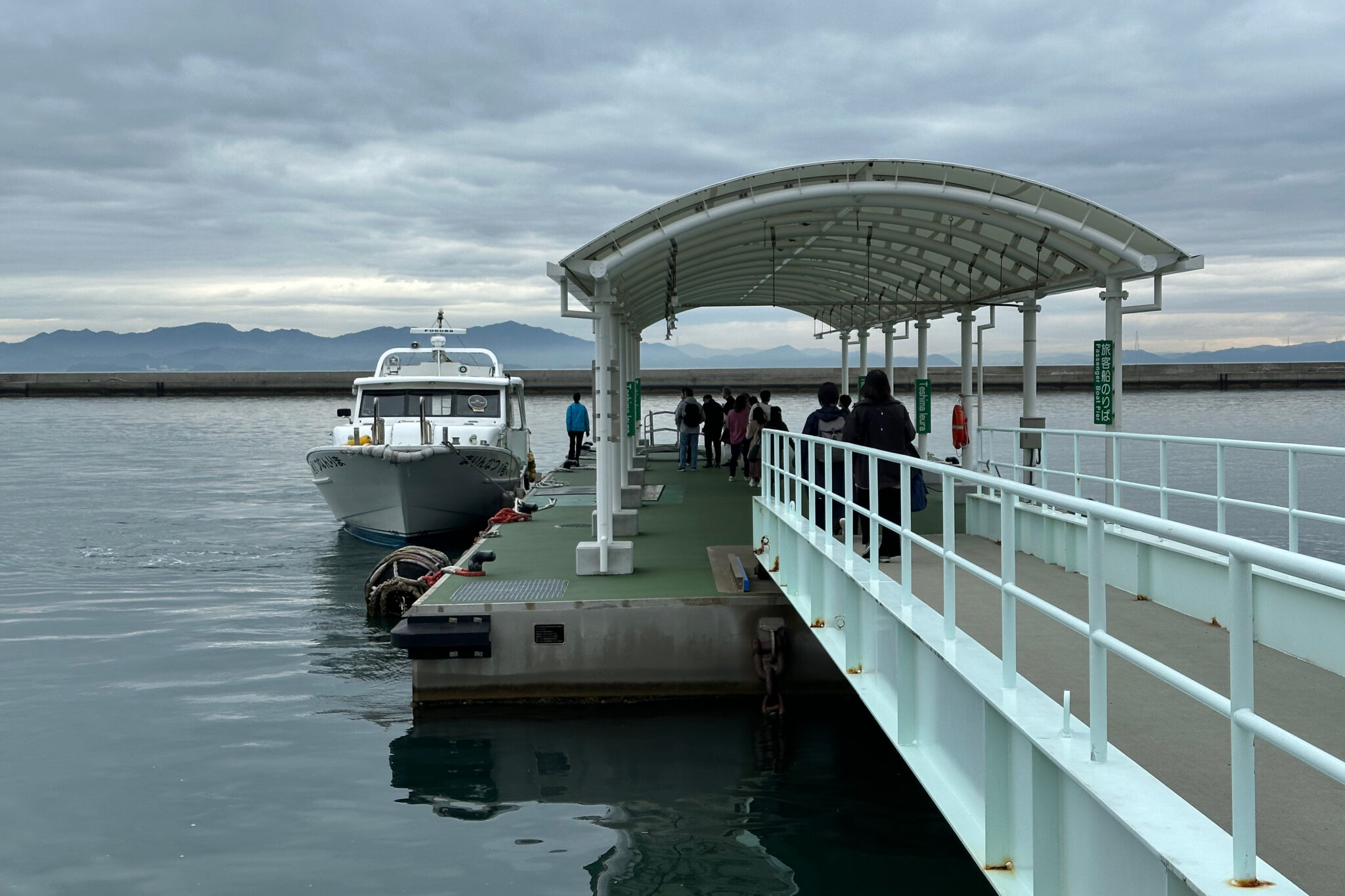
After that, it was time to catch the ferry back to Takamatsu.
With the island receding from view, I reflected on how much of the art and architecture we’d seen during the week was the result of corporate patronage and how it was quite miraculous that anyone would take the risk to invest in such monumental conceptual works.
Given the opportunity, I would definitely visit the art islands again, especially if it was during the Setouchi Triennale.

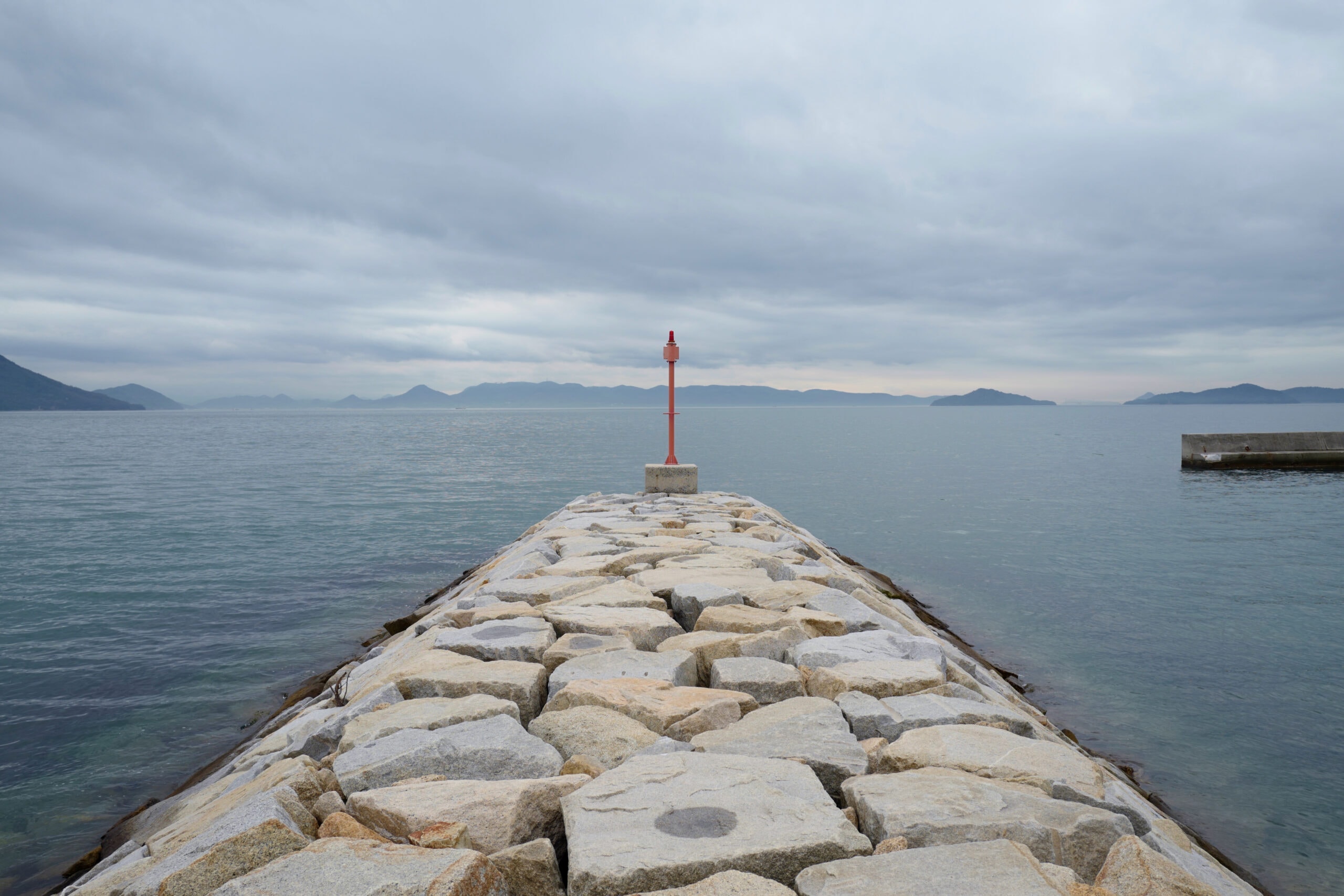
Reply